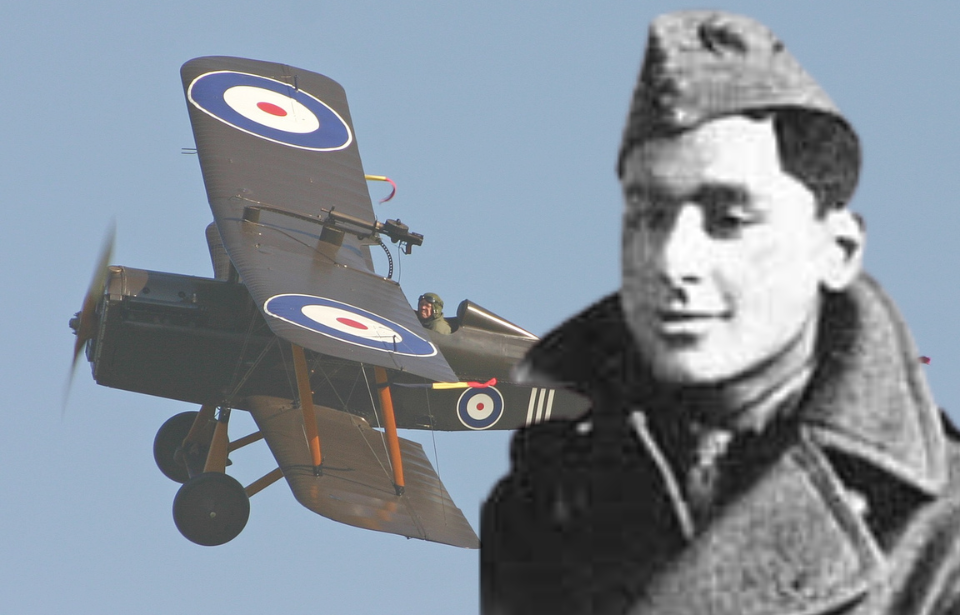World War I was the first major conflict to feature aircraft engage in aerial battles. At the time, it was incredibly dangerous to take to the skies, with about one in five British pilots dying during the conflict – and even more while training. In spite of the dangers, Indra Lal Roy flew his aircraft on various missions and became India’s first (and only) flying ace fighter pilot.
Indra Lal Roy’s early life and upbringing
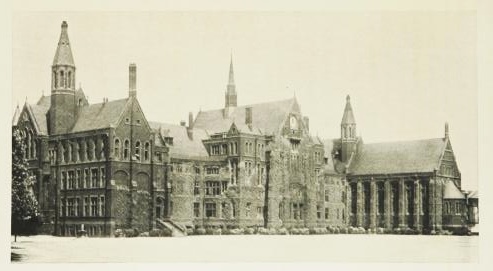
Indra Lal Roy was born in Calcutta, India on December 2, 1898. His father was a lawyer, and the family lived on an estate called Lakhutia, which had been founded in the 17th century by their ancestor, Roop Chandra Roy.
Roy had a number of prominent relatives. His grandfather, Soorjo Coomar Goodeve Chuckerbutty, was one of the first Indian doctors to be trained in the Western style of medicine. Paresh Lal Roy, his older brother, was a soldier with the 1st Battalion, Honourable Artillery Company and is known as the “Father of Indian Boxing” for his role in popularizing the sport in India.
Indra Lal Roy was committed to fighting in the First World War
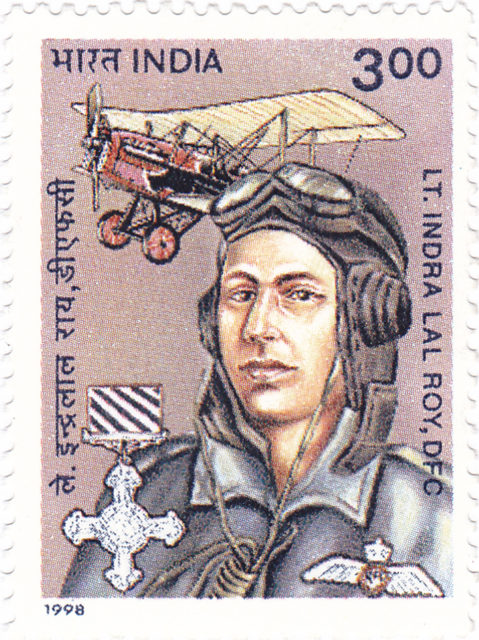
At the outset of World War I, Indra Lal Roy was attending St. Paul’s School in Hammersmith, England. He attempted to join the Royal Flying Corps (RFC), but was turned down due to his eyesight. Undeterred, he sold his motorcycle and used the funds to seek a second opinion on his sight. He was successful in his efforts and the decision to bar him from serving was overturned.
“The Boy Who Came Back From the Dead”
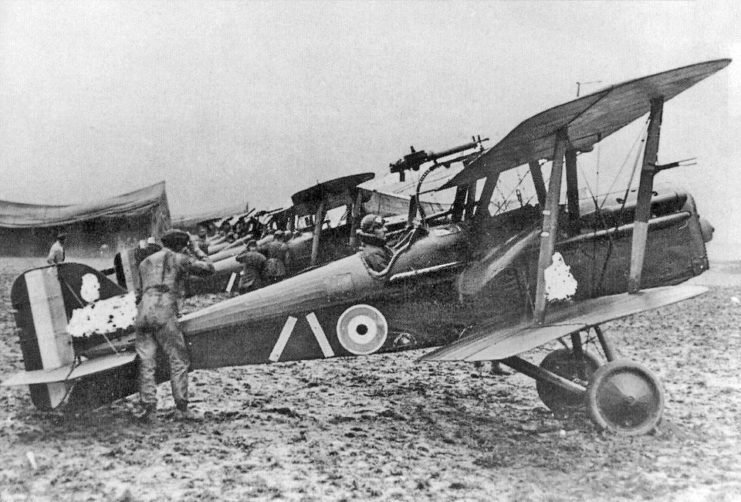
Flying for No. 56 Squadron, Indra Lal Roy was tasked with flying a Royal Aircraft Factory S.E.5a biplane. The aircraft was able to fly incredibly fast while also maintaining maneuverability. On December 6, 1917, Roy was in the air when he was shot down over France by a German fighter.
Indra Lal Roy becomes a Flying Ace
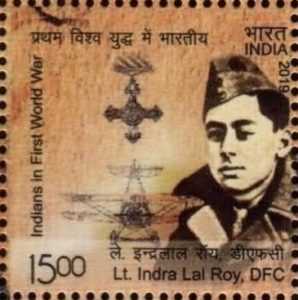
After his near-death experience, superiors wanted to prevent Indra Lal Roy from flying again. He returned to active-duty as an equipment officer, and was eventually cleared by doctors to return to the skies.
Indra Lal Roy’s legacy
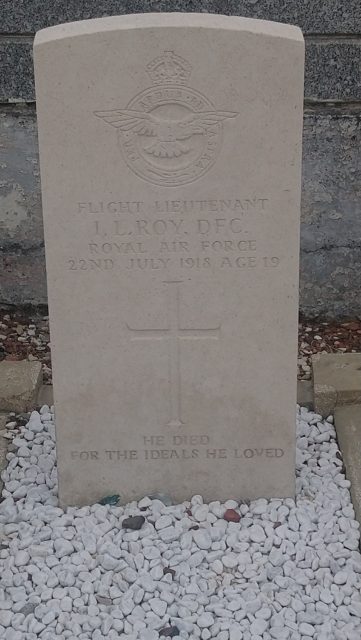
Following his death, Indra Lal Roy was championed as a hero. He was posthumously awarded the Distinguished Flying Cross, for which the citation reads, “A very gallant and determined officer, who in thirteen days accounted for nine enemy machines. In these several engagements he has displayed remarkable skill and daring, on more than one occasion accounting for two machines in one patrol.”
